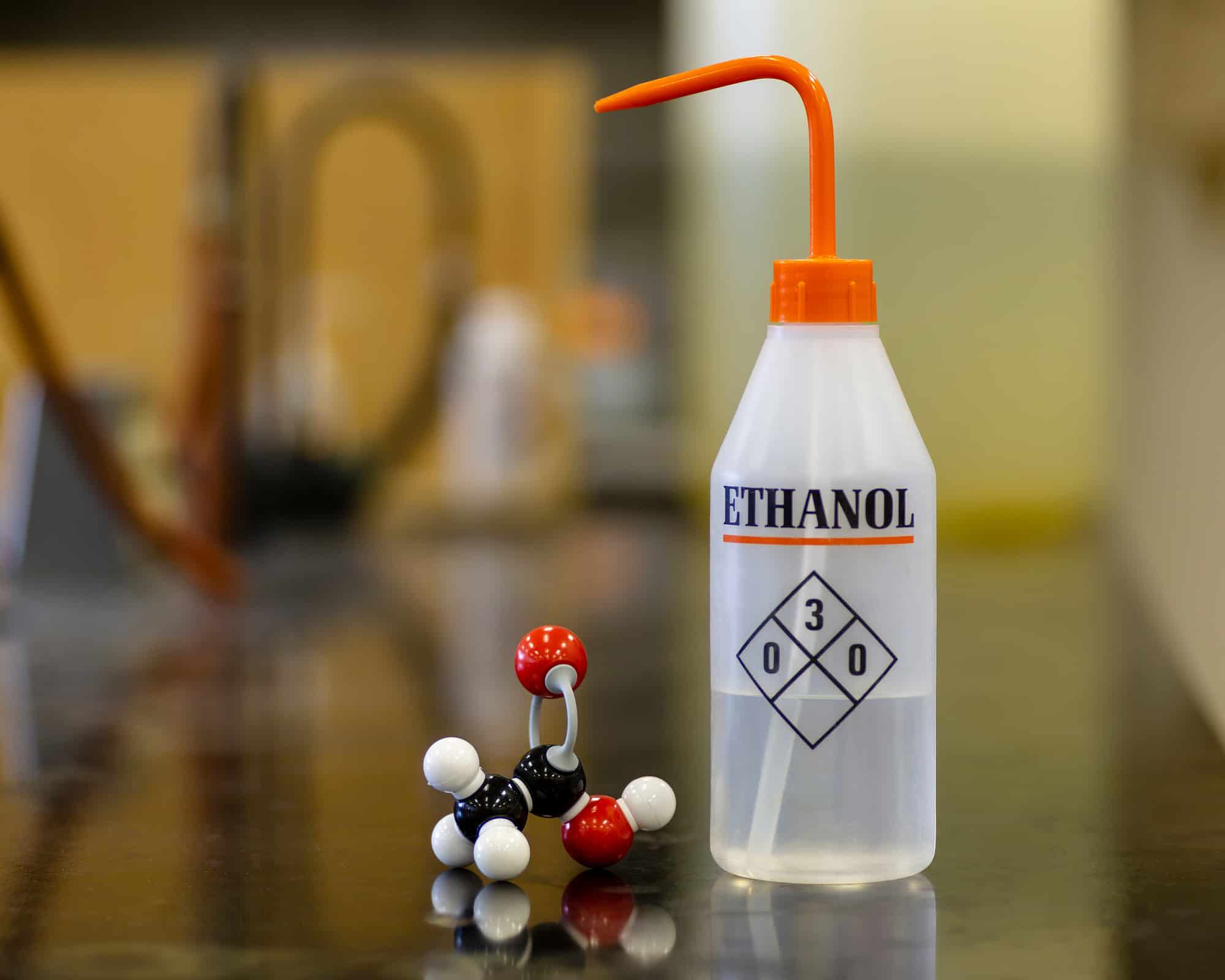
How To Avoid Ethanol Alcohol Abuse
- 0
Do you know what’s in your alcoholic drink? Wine, beer, and liquor all contain the drug EtOH in varying amounts. EtOH is the scientific name for ethanol. Ethanol is the alcohol contained in alcoholic beverages consumed many times daily around the planet and is as old as time.
Depending on your drink of choice, the amounts of alcohol, or EtOH, by percentage vary. For instance, a typical beer contains roughly 5% alcohol. If you are a wine drinker, there can be quite a range of alcohol percentages, but the average would be around 12%. For distilled spirits such as whiskey or vodka, there is also a range with roughly 40% and up being typical. According to the guidelines from The Dietary Guidelines for Americans recently, the standard drink is considered to have about 14 grams of alcohol each.
Understanding The Numbers
The alcohol content is by ABV, which stands for alcohol by volume. When you understand the numbers, it makes it easier to make good decisions when it comes to having an alcoholic beverage and how much alcohol your body can process before becoming a detriment.
When reading labels, it is essential to understand the language of EtOH. There are two ways to measure alcohol content, with the first one being percentage and the second being proof. In referring to alcohol, the proof is double the percentage amount, meaning that if the label states that the drink is 100 proof, divide by two for the percentage, making it 50% alcohol. Now that you are armed with this knowledge, you are better prepared to make intelligent choices.
Dietary Guidelines for Alcohol
According to the U.S. Dietary Guidelines, persons of legal drinking age should limit alcoholic beverages to optimal health. The limits for men and women differ slightly in that two drinks or less per day is acceptable for men, and for women, it is reduced to one drink per day. This information is a general guideline for the masses about EtOH.
For men, heavy drinking is considered five or more drinks per day, and women have four drinks per day. These averages are generalized as, typically, men are larger than women and can process more alcohol according to weight. Do keep in mind that these are only averages. Generally speaking, the larger you are and the more you weigh, the more alcohol your body is capable of handling and processing before becoming inebriated.
Alcohol Exceptions
There are, of course, people who should not consume EtOH or alcohol at all. If you are under the legal age to drink, which is 21 in the United States, you should not have any alcohol as it is illegal. Addictive personalities should also avoid EtOH as alcohol is an addictive drug.
There are medical conditions where drinking alcohol is contraindicated. Women who are pregnant should avoid alcohol as alcohol use in pregnancy has been associated with congenital disabilities—also patients with liver disease, kidney issues, diabetes, and hypertension. Patients with health issues should always consult their doctor before ingesting alcohol.

